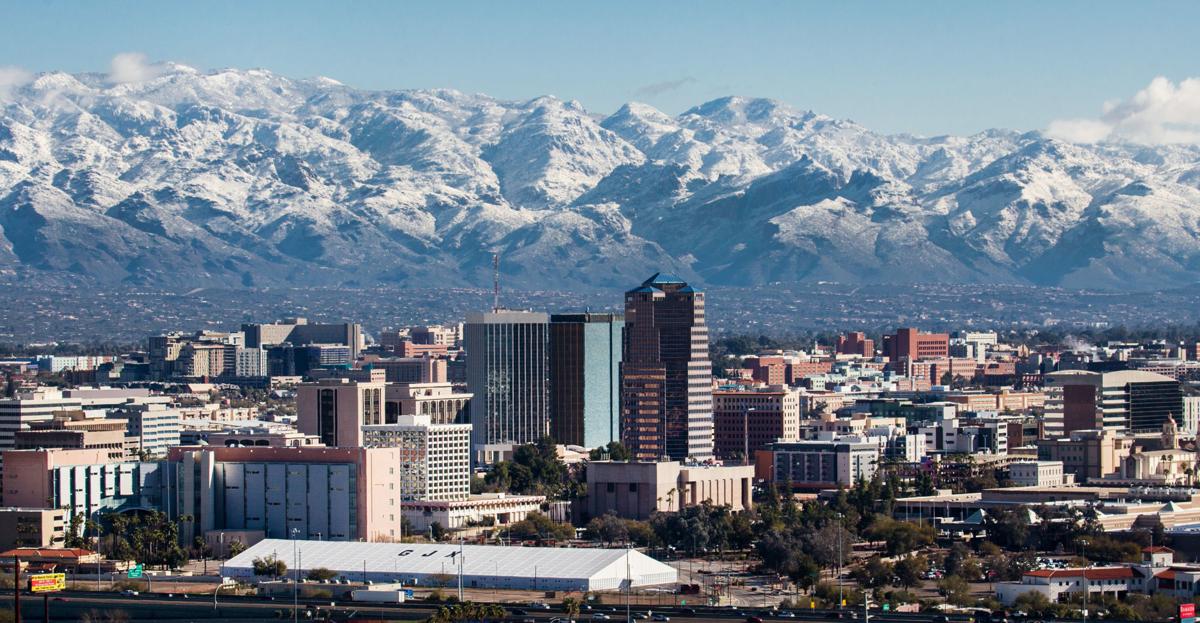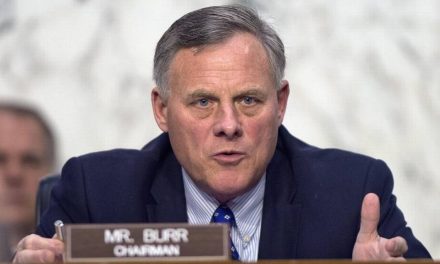Much to the consternation of the Trump campaign, the Fox News decision desk called Arizona for the Biden-Harris ticket on Election night. But it wasn’t until Thursday night, nine days later, that the rest of the networks followed suit. While the results are not certified, the margin of victory will almost surely be over 11,000 votes, reminiscent of the 10,704 by which Donald Trump carried Michigan in 2016.
This is only the second time since Harry Truman’s victory in 1948 that the Democrats have carried Arizona. In 1996, Bill Clinton won took it by 31,000 votes, but he was assisted by a strong performance by center-right Reform Party challenger H. Ross Perot who hurt Republican nominee Bob Dole by peeling off 112,000 votes. By Friday, Trump had won North Carolina and Biden had taken Georgia, although an audit is being conducted that must be completed by Wednesday, November 18 before final certification on the 20th.
It’s highly significant that Arizona went blue in 2020. Senator Barry Goldwater of Arizona opposed the Civil Rights Act of 1964 and birthed the modern conservative movement with his failed presidential campaign that year. For four decades, Arizona’s conservatism was personified by John McCain who held office in Arizona and Washington from 1983 until his death in 2018. Yet, the state not only chose Biden-Harris over Trump-Pence, with the election of Democrat Mark Kelly to McCain’s Senate seat, it now has two Democratic senators for the first time since the 1950s.
In this respect, it resembles Colorado, Virginia and Nevada, all of which have voted Democratic in the last four presidential elections, and all of which are now represented by two Democratic senators.
Virginia, which Biden carried by 10 points, and Colorado, which Biden carried by 13.5 points, are no longer particularly competitive at the presidential level. But Nevada is a different matter. Barack Obama carried it easily in 2008, by a margin of 121,000 votes, and more narrowly in 2012 by 68,000. In 2016, Hillary Clinton squeaked by with a mere 27,000, and Biden improved on that slightly with a 35,000 vote margin.
It will matter greatly whether Arizona remains competitive, like Nevada, or marches off into safe-blue territory like Virginia and Colorado.
One important factor in determining this is whether or not the Democratic and Republican parties continue to diverge based on educational attainment. According to U.S. News & World Report’s 2020 rankings, Nevada ranks 48th in K-12 education, based primarily on test scores and graduation rates. Arizona ranks 44th, while Virginia ranks 8th and Colorado comes in fourteenth. On the other hand, all three states rank in the top half in higher education, which, in the Trump Era seems to be the most meaningful predictor of political behavior.
Education isn’t everything, however. Despite being 49th overall and dead last in the U.S. News K-12 rankings, New Mexico rejected Trump by eight points in 2016 and 10.5 points in 2020. The difference in the Land of Enchantment may come down to racial demographics. At 49 percent, it has a much larger Latinx population than Arizona (31 percent) or Nevada (28 percent). New Mexico also has the largest Native American population by percentage, excepting Alaska, in the United States.
On the flip side are North and South Dakota, both of which have Latinx populations under four percent and which as recently as 2004 were represented by four Democrats in the Senate. Today, both governorships and all four Senate seats are held by Republicans and it’s difficult to envision any Democrat winning a statewide election there anytime soon. The booming natural gas industry in the Dakotas has damaged the Democratic Party’s brand because legislation to address climate change is seen as a threat to jobs.
Similarly, there could be issue-driven reasons why Arizona stays put as a purple state, moves back to the right, or continues its path to the left. That might be the best hope for the Republicans, because with the growth of the professional class in the suburbs and the growing Latinx population, demographics suggest a continued blue drift.
Of course, Trump will leave the stage soon. His politics, and particularly his long-running feud with McCain, whose wife Cindy endorsed Biden, have been the biggest factors in Arizona’s short-term political movement. His feud with Mormon political figures such as former Sen. Jeff Flake probably hurt. too. Flake declined to run for another term rather than face Trump-loyal voters in the Republican primary. If Trump runs again in 2024, the Arizona GOP won’t be able to put these problems fully behind them, so I’m guessing they’d prefer to see Trump pursue some non-political career once he leaves office.







